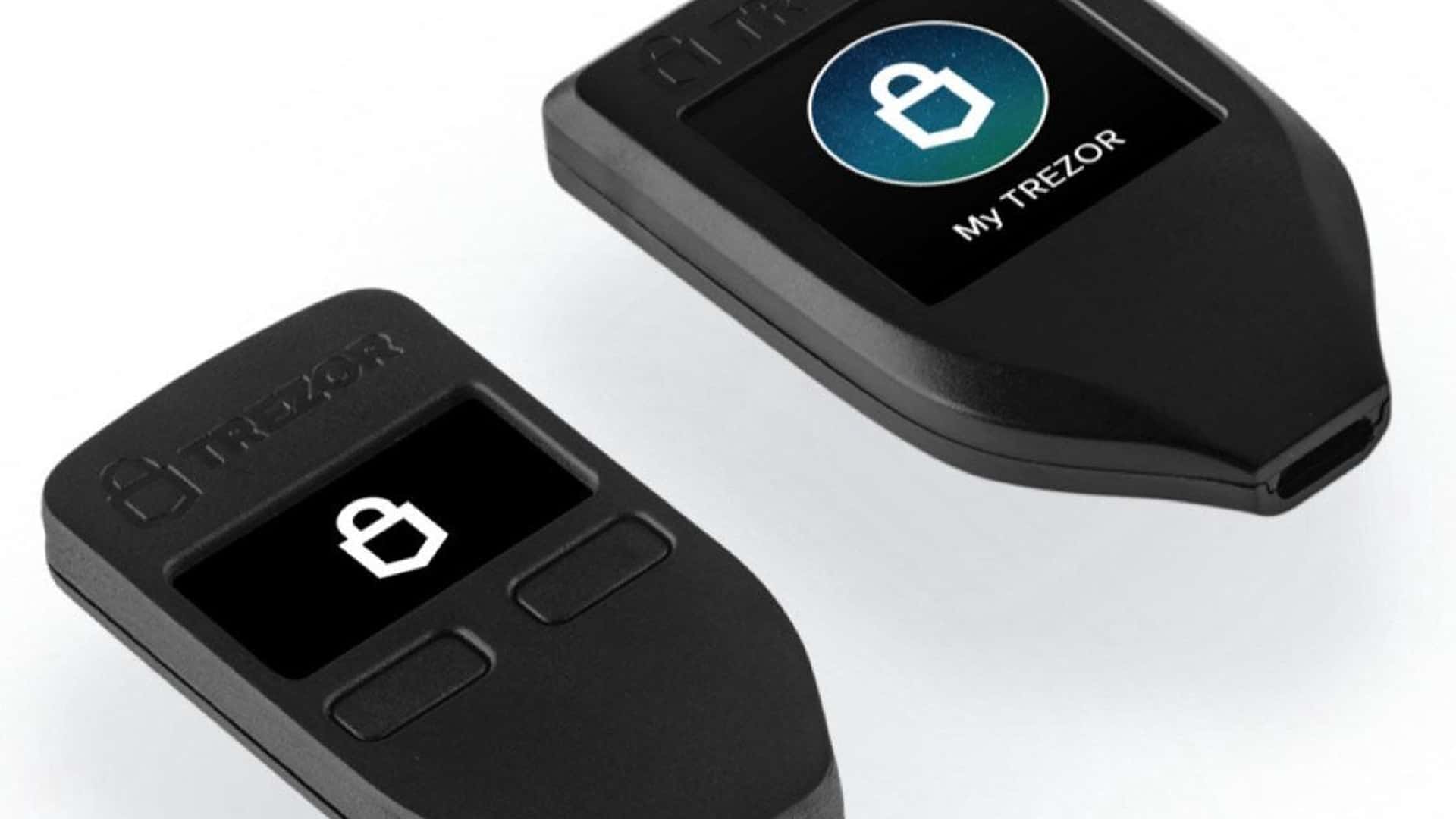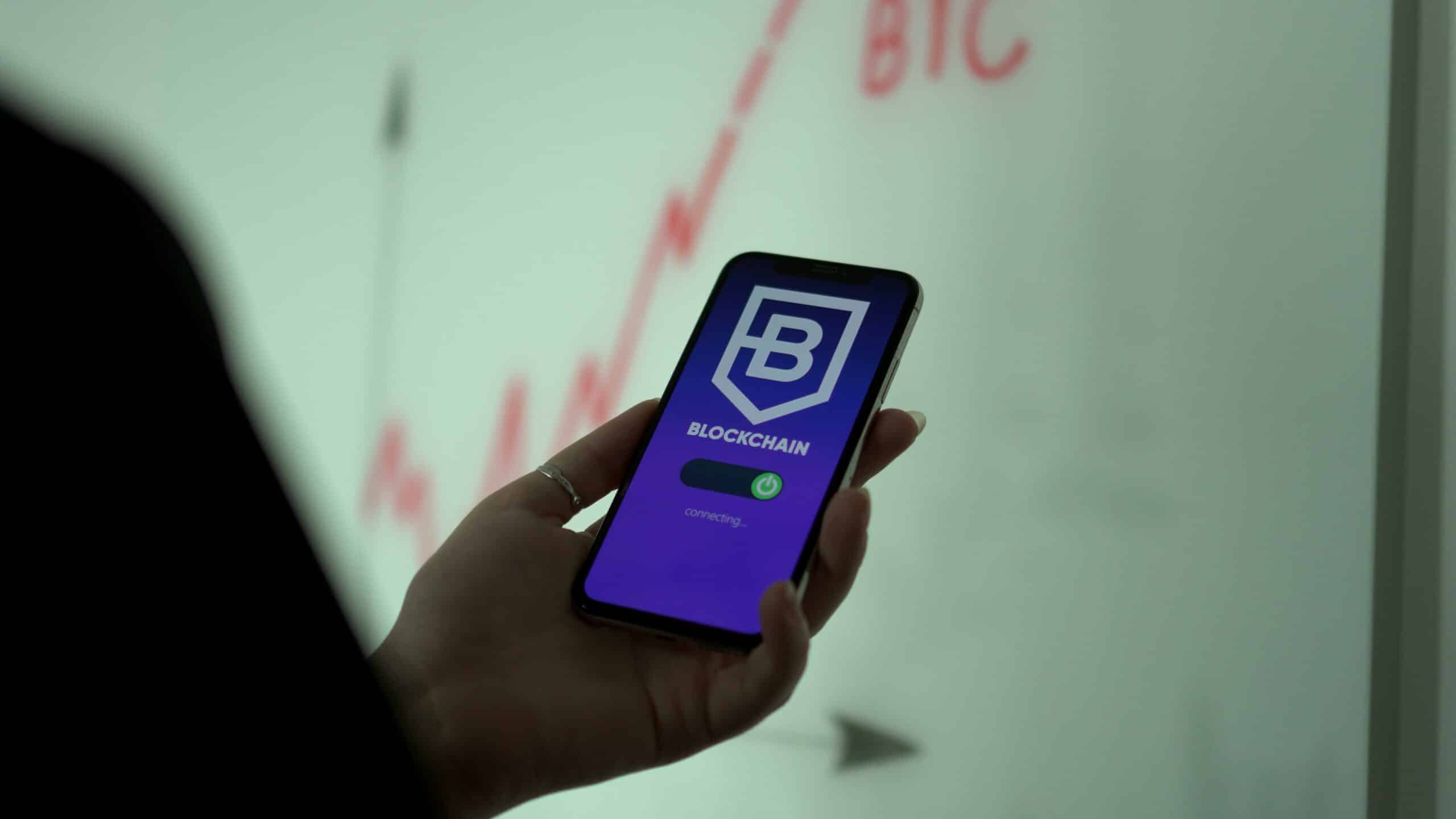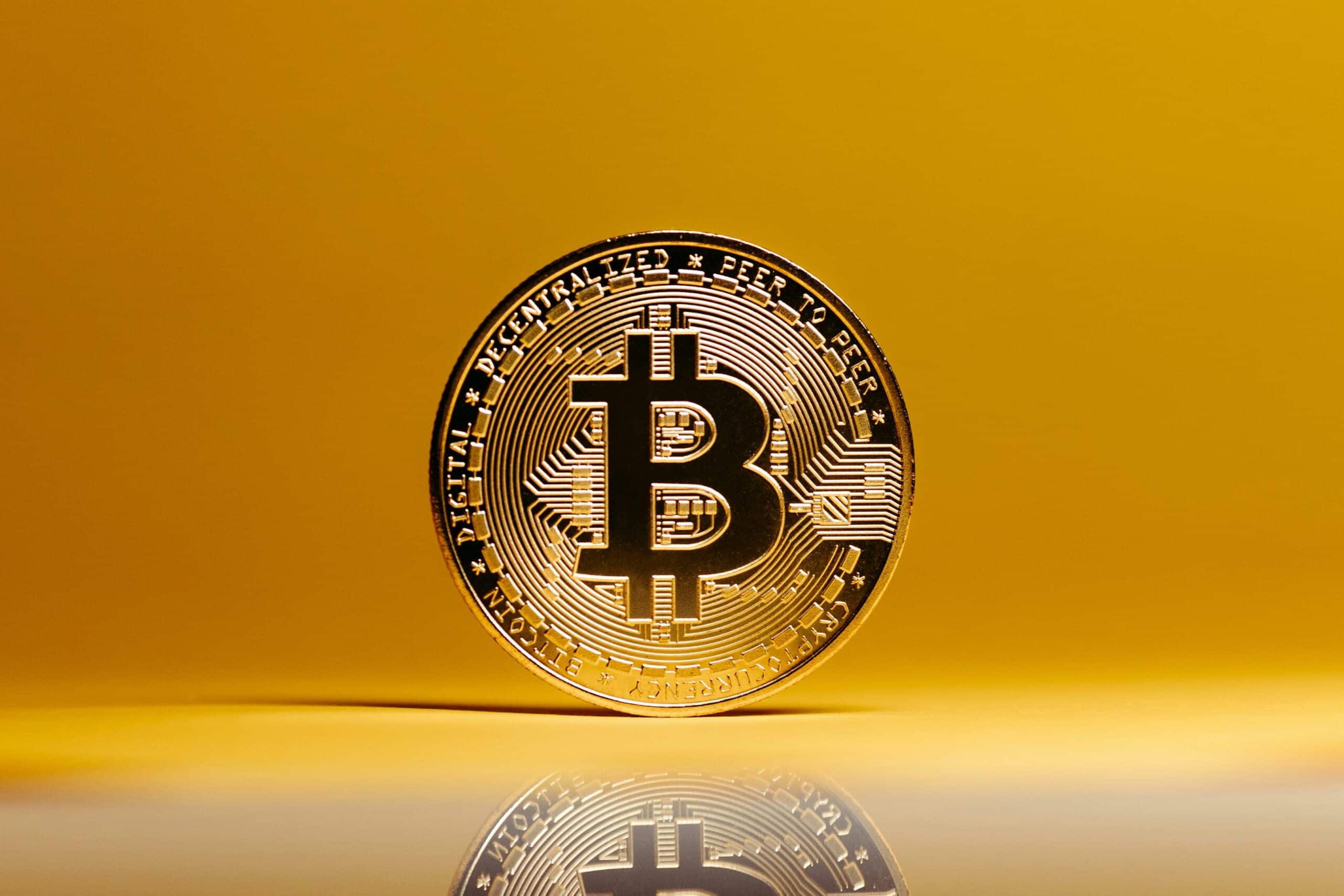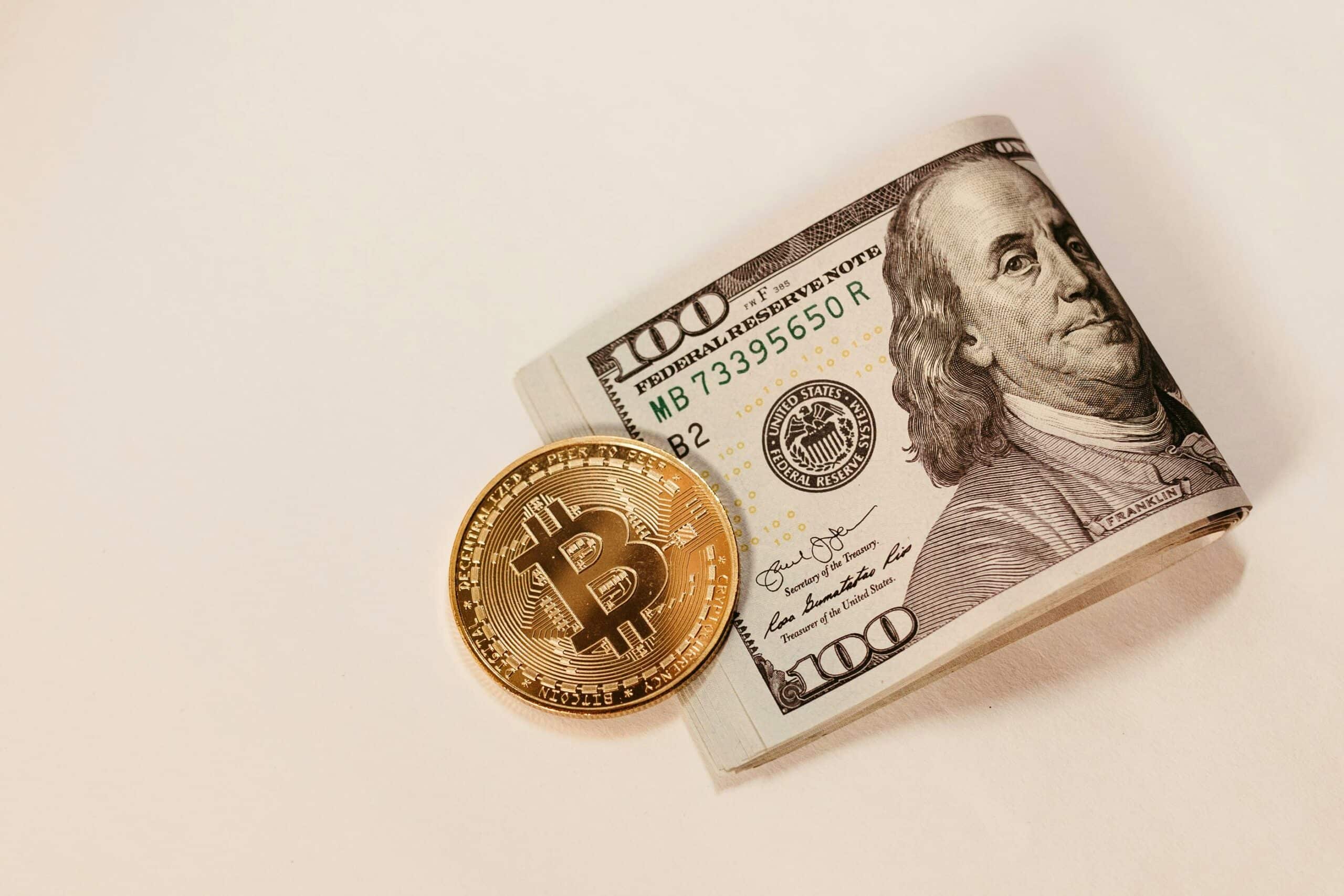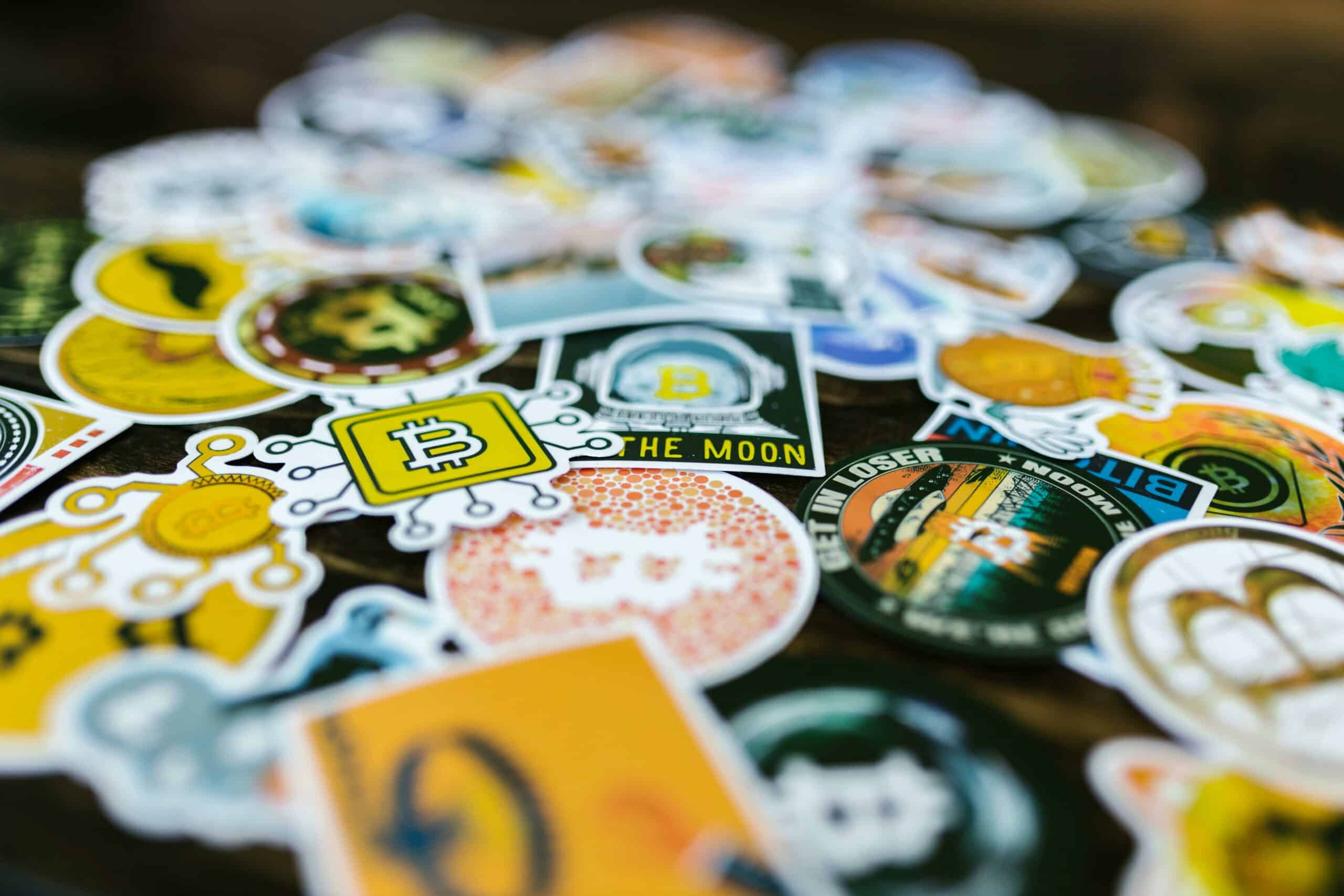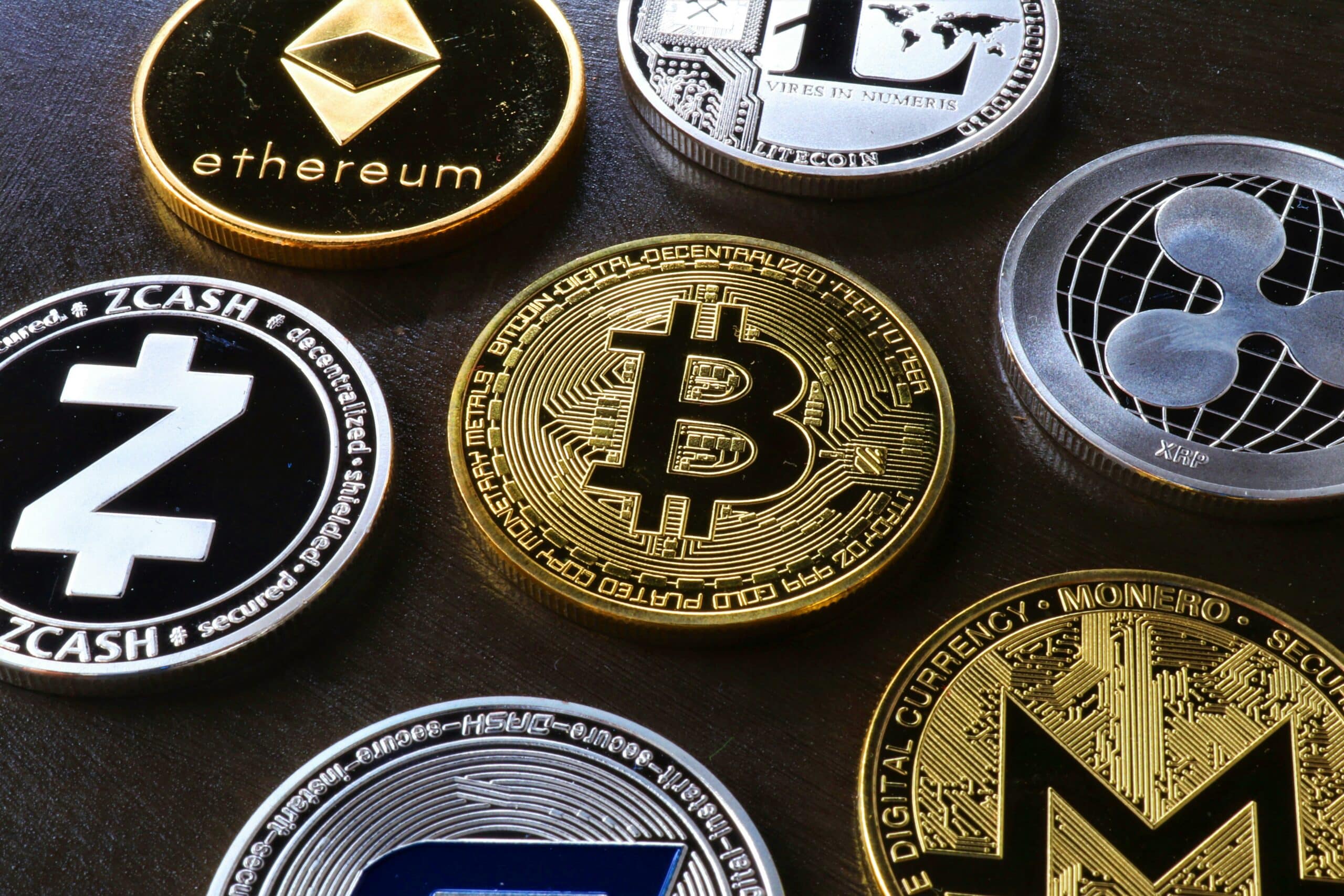When you trade crypto-assets, having a cryptocurrency hardware wallet can add an extra layer of security. Unlike online exchanges, these “cold” wallets remain offline, mitigating the risk of hacking.
The very first hardware wallet was created by a company called Trezor. The brand has long held a claim to being the most secure crypto wallet on the market.
In this comparison, we will be looking at Trezor’s two flagship models — the Model One vs Model T. The Trezor One and Model T are both popular choices among crypto users in 2023.
In this article, we’ll do a side-by-side comparison of the Model One vs. Model. We’ll cover everything from how much they cost and how easy they are to use, to the security features and the extra advantages that each one offers. By the time you finish reading, you’ll have all the information you need to decide which wallet is the best fit for your cryptocurrency trading needs.
Table of Contents
What is a Hardware Wallet?
Hardware wallets like the Trezor Model One and Model T offer an exceptional level of protection for users looking to store their cryptocurrencies. That’s because, unlike ‘hot’ wallets like online exchanges, hardware wallets (aka ‘cold’ wallets) are kept offline and thus don’t face the same vulnerabilities to hacking or malicious attacks.
Overview of the Model One and Model T Trezor Wallets

When it comes to securing your cryptocurrency investments, the Trezor Model One shines as a robust fortress of protection. As the first cold wallet on the market, Trezor’s Model One has earned its place as a trailblazer in the world of crypto hardware wallets, thanks to its advanced security features and affordability.
The Trezor Model One strikes a perfect balance between price and features. It offers a range of features that provide robust protection for your valuable digital assets. This blend of security features and affordability positions the Trezor Model One as a practical solution for those seeking to fortify their crypto portfolios without compromising on quality.
With a solid reputation, the Trezor Model One is a choice that offers peace of mind, ensuring the safety and security of your valuable digital assets.
Overview Model T Trezor Wallets
The Trezor Model T emerges as a distinguished hardware wallet contender, building upon the legacy of its predecessor, the Trezor Model One. Renowned for its advanced security features and enhanced functionalities, the Trezor Model T stands as a testament to innovation in the realm of crypto hardware wallets.
The Trezor Model T features a robust blend of security, convenience, and versatility. It refines the foundations set by the Model One, catering to the evolving needs of crypto enthusiasts. Striking a delicate balance between cutting-edge features and price.
Trezor Model One vs Model T
Even though both wallets come from the same creator, Satoshi Labs, and were released in different years (2014 and 2018), they each have special features that make them unique.
Both Trezor hardware wallets offer outstanding security features for users, including two-factor authentication, PIN code, and private key protection, as well as password recovery. They also support a range of different coins and tokens.
However, while the Trezor Model One is a reliable device for basic cryptocurrency security and comes with a cheaper price tag, the flagship Trezor Model T is designed to offer enhanced multi-currency support and an intuitive user interface.
With a vibrant color touchscreen display and SD card slot allowing for password encryption and storage, the Model T offers a more comprehensive experience when compared to the original Trezor Model One.
Choosing between these two Trezor wallets might feel overwhelming. To make it easier, we’ve broken down the features of both the Model T and the Model One. This way, you can see how they compare and pick the one that fits your needs better.
Size
The Trezor Model One measures approximately 60mm x 30mm x 6mm (2.4in x 1.2in x 0.2in) in size and weighs about 12 g (0.42 oz). On the other hand, the Trezor Model T has dimensions of approximately 64 mm x 39 mm x 10 mm (2.52 in x 1.54 in x 0.39 in) and a weight of around 22 g (0.77 oz). Despite their differences in size and weight, both models remain conveniently compact and can be easily held in your hand.
Display
The Trezor Model One has a small monochrome OLED display that requires users to navigate through menus and options with two buttons. On the other hand, the Trezor Model T has a full-color touchscreen display with an improved user interface.
This vibrant screen not only offers a more visually appealing experience, it also introduces a user-friendly touch interaction. Navigating through menus, inputting information, and making selections becomes much smoother and more intuitive.
This enhanced user interface adds a layer of convenience to the overall usage of the hardware wallet, making tasks like checking balances, confirming transactions, and managing settings more accessible to users, especially those who are less tech-savvy.
Supported Currencies
The range of supported cryptocurrencies is a significant aspect when evaluating the capabilities of hardware wallets. In this regard, both the Trezor Model One and the Trezor Model T demonstrate their prowess.
The Trezor Model One showcases impressive versatility by providing support for more than 1,000 different coins and tokens. Moreover, a firmware update to version 1.5 extends its compatibility to encompass all ERC-20 tokens, which represent a substantial portion of the tokenized assets within the blockchain ecosystem.
This upgrade ensures that users can confidently manage and secure a wide array of digital assets, from well-established cryptocurrencies to newly emerging tokens.
Stepping into the spotlight, the Trezor Model T raises the bar even higher by offering support for over 1300 coins and tokens. This comprehensive range caters to the evolving landscape of cryptocurrencies, accommodating both popular choices and more specialized tokens.
The inclusion of all ERC-20 tokens further enhances the Model T’s ability to address the diversity of assets within the blockchain space.
The commitment to continually expanding the spectrum of supported currencies reflects the Trezor brand’s dedication to staying relevant and adaptable in a dynamic crypto environment.
For users, this expansive support translates into the assurance that their chosen hardware wallet can securely manage an extensive portfolio of digital assets, granting them the flexibility and confidence to explore the ever-growing world of cryptocurrencies.
If you’re curious about the specific coins and tokens that each Trezor hardware wallet can accommodate, a comprehensive list is available (here) to provide clarity on their capabilities.
Ease of Use
The Trezor Model T introduces a modern and sturdier USB Type-C connection, showcasing its alignment with the latest technology standards. This upgrade not only enhances the physical durability of the device but also streamlines the connection process. On the other hand, the Trezor Model One employs the older USB micro-B connection, which, while functional, lacks the robustness and convenience offered by the newer Type-C.
In terms of usability, the Trezor Model T continues to shine. Its touchscreen display transforms navigation into an intuitive and user-friendly experience. This touchscreen interface significantly simplifies the interaction with menus, options, and settings, making it more accessible even for those less familiar with technology.
In contrast, the Trezor Model One relies on physical buttons for navigation, which might require more button presses and potentially feel less intuitive to navigate through various functionalities.
Both models benefit from the Trezor Suite, a comprehensive software application available for both the Model One and Model T. This suite empowers users to fully harness the capabilities of their Trezor devices. It goes beyond basic wallet functionality, offering a suite of tools to enhance security and streamline management.
With Trezor Suite, users can safeguard their private data, efficiently manage their cryptocurrency portfolios, delve into transaction histories, and explore the dynamic cryptocurrency markets. This software amplifies the utility of the Trezor devices, contributing to a holistic and seamless experience that aligns with modern crypto demands.
Price
The Trezor Model One shines as the budget-friendly option, making it a favorable choice for those mindful of their expenses. With a base price of approximately $69 USD, it offers a cost-effective entry point into the world of cryptocurrency hardware wallets. This affordability makes it an appealing option, particularly for users who are new to the crypto scene or are seeking a practical yet reliable solution for securing their digital assets.
On the flip side, the Trezor Model T steps into a higher price bracket, reflecting its advanced features and enhanced user experience. While the price difference is notable, it’s essential to recognize that this extra cost corresponds to added functionalities, usability improvements, and a more comprehensive overall experience. Priced at around $210 USD, the Trezor Model T caters to users who are willing to invest a bit more for features such as the touchscreen interface, more extensive coin support, and a sleeker design.
Ultimately, the price discrepancy mirrors the diverse needs and preferences of users within the crypto community. Whether you prioritize affordability or are eager to explore the premium features offered by the Trezor Model T, these distinct pricing tiers allow you to align your choice with your budget and your desired level of functionality.
Security
Both the Trezor One and Model T hardware wallets extend their compatibility to Android mobile devices, offering a secure means of cold storage for all major cryptocurrencies.
When you store your cryptocurrency on a hardware device, strong protection against hacking becomes prominent, as long as you prioritize the safety and security of your wallet.
Notably, both the Trezor Model One and Model T deliver exceptional security levels. The Trezor ecosystem empowers users to fortify their device through personalized security measures like a PIN code with up to 50 digits and memorable passphrases to access specific sub-wallets.
The comforting assurance that you can restore your device via the recovery phrase feature adds an extra layer of security in case of unforeseen events.
However, the standout distinction between these two models lies in the manner of inputting security credentials. While the Trezor One necessitates you to input the PIN code, passphrase, and recovery phrases through your computer or mobile, the Model T boasts advanced features that allow you to execute this process directly on the device itself. This differentiation marks a subtle yet impactful advantage of convenience for the Model T, further enhancing its user experience.
Crypto Bookworm’s Tips for Using Your Trezor Hardware Wallet
Here are our tips to help you maximize the security of your Trezor hardware wallet and ensure the protection of your valuable cryptocurrency holdings. Remember, these precautions contribute to maintaining the confidentiality and integrity of your digital assets, allowing you to navigate the world of cryptocurrencies with confidence and peace of mind.
Never Leave Your Device Unattended
Treat your Trezor hardware wallets as you would a physical wallet or valuable possessions. Avoid leaving it unattended in public places or areas where it could be accessed by others. This simple precaution reduces the risk of unauthorized access or theft, ensuring that your digital assets remain secure.
Check for Physical and Digital Tampering
Regularly inspect your Trezor device for any signs of physical tampering or unusual changes. Ensure that the device’s casing is intact, without any visible damage or alterations. Additionally, before entering any sensitive information or performing transactions, confirm that the device’s screen displays the expected interface. Vigilance against physical and digital tampering adds an extra layer of protection against potential threats.
Don’t Give Away Your Recovery Phrase
Your recovery phrase is the key to accessing your cryptocurrency holdings in case of emergencies. Never share this phrase with anyone, and avoid storing it in easily accessible digital formats. Keep it offline and in a secure location, away from prying eyes or unauthorized individuals. Sharing your recovery phrase compromises the security of your wallet and opens the door to potential breaches.
Set a Strong PIN Code
Your PIN code is a critical barrier against unauthorized access to your Trezor device. Choose a PIN that’s complex and not easily guessable, combining numbers that hold personal significance to you. Avoid using easily discoverable information, such as birth dates or common sequences. Setting a strong PIN adds a robust layer of defense, making it significantly harder for unauthorized individuals to gain access to your hardware wallet.
How Kraken Security Labs 2019 “hack” made Trezor even more secure
In 2019, Kraken Security Labs uncovered a troubling hardware vulnerability regarding Trezor’s devices that enabled hackers to crack the PIN code when physically in possession of the device within 15 minutes.
Though this presented a major security challenge, Trezor remained committed to safeguarding its many loyal users and released firmware updates that minimized risk. A suggestion Trezor encouraged users to implement if their crypto wallet was hacked, was to create an additional password layer to accompany the PIN – an added measure that effectively renders the exploit useless. Through this seemingly difficult task, Kraken Security Lab’s “hack” has ultimately made Trezor even more secure for its customers.
Conclusion
In the realm of cryptocurrency, making informed decisions is crucial. If you’re prepared to elevate your crypto experience, the newer Model T stands out as an excellent choice. Boasting support for numerous coins and an intuitive interface, it caters to seasoned traders seeking advanced capabilities.
On the other hand, if you’re new to the crypto landscape or working within budget constraints, the classic Trezor One presents a solid option. While it may offer fewer features, it still ensures robust security measures.
Just as thorough research guides wise investment choices, it similarly aids in selecting the optimal hardware wallet to safeguard your digital assets.
Remember, the ultimate decision rests upon aligning your needs and preferences with the features offered by each device. Take your time, delve into the details, and make a confident investment in the Trezor hardware wallet that aligns seamlessly with your requirements.
To stay updated on the latest trends and insights in the cryptocurrency world, sign up for our Crypto Bookworm newsletter and empower yourself for a successful journey in the realm of digital finance.
FAQs
What is the difference between Trezor One and Model T?
The main differences between the Trezor One and Model T lie in their features and capabilities. The Model T offers a more advanced user experience with a full-color touchscreen display, enhanced multi-currency support, and an intuitive interface. It also has a newer USB Type-C connection, making it more durable and user-friendly.
Is Trezor Model T more secure than Trezor One?
Both the Trezor Model One and Model T provide exceptional security features, including two-factor authentication, PIN codes, and private key protection. The Model T offers additional security due to its advanced features like passphrase support and the ability to enter PIN codes and recovery phrases directly on the device itself.
Is Trezor Model One outdated?
While the Trezor Model One is not as feature-rich as the Model T, it still offers robust security for basic cryptocurrency storage. It may not have the advanced features of the Model T, but it remains a reliable choice for those seeking fundamental security measures.
How many coins does a Trezor Model One have?
The Trezor Model One supports over 1,000 different coins and tokens. It provides a comprehensive solution for managing a wide range of cryptocurrencies conveniently in one place.
What happens if you lose Trezor Model T?
Losing a Trezor Model T can be a cause for concern, but as long as you have your recovery seed phrase stored safely, your digital assets are not lost. You can use the recovery seed phrase to restore your funds on a new device or compatible wallet software.
Is Trezor Model T hackable?
The question of can a crypto wallet be hacked is one of the most common concerns for crypto enthusiasts. The Trezor Model T, like any digital device, isn’t completely immune to all forms of hacking. However, its advanced security features, including PIN codes, passphrase support, and offline storage, make it extremely challenging for hackers to gain unauthorized access to your digital assets. Regular updates and adherence to security best practices further enhance its security measures.
